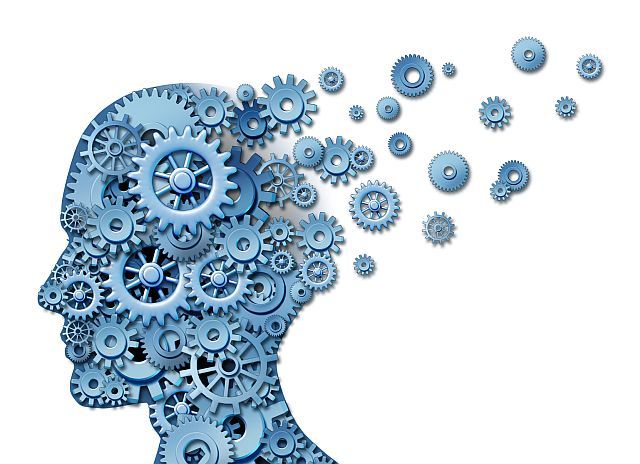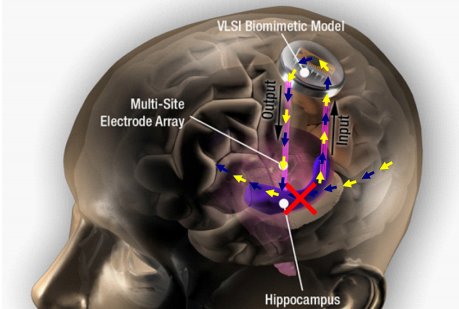An unknown startup company has gone public with a fairly aspiring mission: to create a ready-for-clinic brain prosthetic that will help those afflicted with memory problems.
Should the technology prove safe for use, it could benefit a broad range of people, including those with Alzheimer’s and other forms of dementia, as well as individuals who’ve suffered a type of traumatic brain injury.

The company, Kernel, claims that their technology can be implanted by surgeons into the hippocampus region of a patient’s brain. Once there, the device’s electrodes will electrically stimulate neurons for the purpose of getting them to do their job; that is, transition incoming data into long-term memories.

The technology is based on research by Ted Berger, director of the Center for Neural Engineering at the University of Southern California. Previous publications have detailed his work on memory prosthetics, as well as his goals in creating this technology — that is, the eradication of disabilities associated with physical, emotional, and intellectual handicaps.
During the course of his research, Berger has placed electrodes in the hippocampus region of the human brain to record the electrical signals that are generated from neurons as the patient learns something new and records it as a memory. Upon reviewing the data, he noticed that the resulting electrical signals come from the neurons “firing” in specific patterns. Berger studied this behavior, and how the electrical signals tied to learning are translated into signals associated with storing information as long-term memories. Based on this understanding, Berger’s lab built mathematical models that take learning signals and produce proper memory signals.
This all led to the memory prosthetic — its electrodes record the neuron-sourced electrical signals that fire off when a patient is learning something new. This data is then fed into the prosthetic’s microprocessor, whereupon a series of computations are performed that result in a proper output signal. When that’s complete, the prosthetic’s electrodes stimulate nearby neurons, encoding the output signal as a memory.
“We take these memory codes, enhance them, and put them back into the brain,” Berger says. “If we can do that consistently, then we’ll be ready to go.”
The aforementioned human trials that have been conducted were done using hospitalized epilepsy patients who, as part of their regular treatment, were outfitted with temporary electrodes in their brains. Berger’s team was able to record neuron activity from within the hippocampus as patients performed memory tests; in some instances, he was able to stimulate the region to enhance the patient’s memorizing abilities.
The results recorded thus far are but a fraction of what’s needed to truly make a large-scale difference like that described at the beginning of this story. The reason is two-fold: (1) humans have way more neurons in their brain then most others in the animal kingdom, and the technology created thus far is based only on what was developed using lab rats, and (2) a generalized memory code for humans has not been fully identified yet.
In short, this technology is still in the very early stages of development. The good news, however, is that it has tremendous support behind it. Kernel has received significant funding support from tech entrepreneur Bryan Johnson, who sold his payments company to PayPal in 2013 for $800 million. He then started a venture fund called the OS Fund, which aims to “rewrite the operating systems of life” for the benefit of mankind.
While Johnson will serve as the company’s CEO, Berger is quick to point out that he’s not in it for the profit. “He thinks the next big challenge for the human race is how to improve our brains,” says Berger.
Via IEEE
Advertisement
Learn more about Electronic Products Magazine





